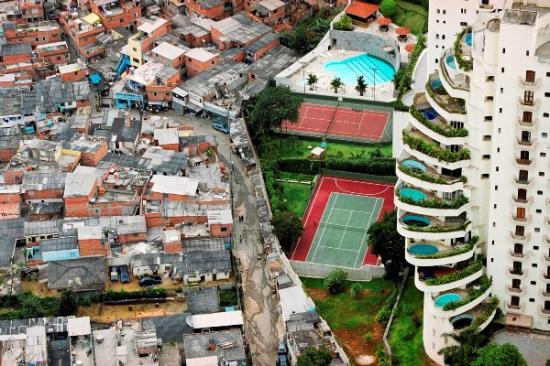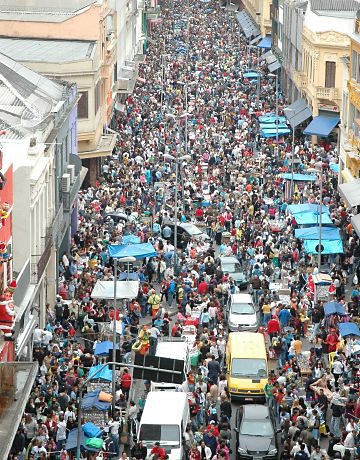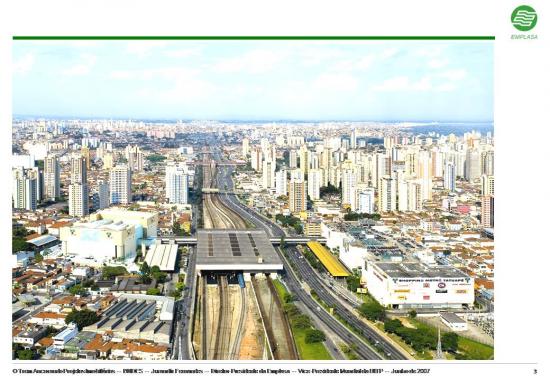If you ever come to Brazil and traveling by the capitals of states, often you’ll ask “Am I in the same country?”. The imposing of Sao Paulo, the extraordinary beauty of Rio de Janeiro, the organization in Curitiba are just some of the examples I can cite. But behind these differences, there is something that is common to almost all the major Brazilian cities, the social apartheid.

Social apartheid in Brazil
This form of apartheid manifests itself in various forms in Brazil. The disparities are so big that even in poverty there are differences that should not be ignored. Want an example? Living in the slums of Rio or Sao Paulo can often be better than living in certain regions of Brazil. Although there are differences between the slums, the most populated slum of Sao Paulo is so “consolidated” that even large banks started to open bank branches to serve the local population.
And one of the best ways to illustrate the social and economic disparities is through “shopping centers fever.” Despite the first malls were built in the 60’s, was during the 80’s that these malls began to spread across the country. And the construction of most of these malls only brought more social problems for cities.

Shopping in Campinas, Sao Paulo State
Dear reader, if you like shopping centers, it may be the time to stop reading this article because, as you may have noticed, I do not like them, with some exceptions.

Shopping Aricanduva in Sao Paulo is the biggest in Brazil
The shopping centers in Brazil are not just places to shop, but places to escape from the poor. As the violence spread up by cities like Rio and Sao Paulo, some entrepreneurs realized that the construction of shopping malls could be very profitable because the centres of cities was increasingly dangerous and shopping streets in neighborhoods have started to become ” dangerous” too. The malls reflect, then, the urban decay of the major Brazilian cities.

25 March Street, shopping street of Sao Paulo.
2 million people a week throughout Brazil buy products in this popular street-trade.
They are islands on which the middle class may have the false impression that things are going well, that life is good. An illusion, just that. But if were only an illusion, the problem would not be so serious, but there is a social perversity behind this:
– the lower classes are not welcome at these places and are targets of different types of discrimination. It may be the look of middle-class customers, the seller may be suspicious, or my “favorite”, when someone of lower middle class tries to buy a particular brand of clothes and the seller discreetly refuses to sell the product, giving an excuse ;
– the streets of cities are more empty and the lower classes have just left without an option to buy various types of products (economic exclusion);
– the lower classes have reduced the options of leisure, because the investments in the area of entertainment and leisure are made mostly in malls;
– schools and colleges are beginning to be installed at these places;
– small and medium-sized cities are beginning to copy the model of Sao Paulo and Rio de Janeiro.

Shopping Metrô Tatuapé, connected to subway, bus and train station.
In short, most of the time, the construction of shopping malls increases the social and economic gap between the richest and the poorest and creates an illusion of security for the middle class. Of course I am not totally against the malls, as are establishments that bring benefits to the population, however, the way they are built here in Brazil, are not a solution, only the aggravation of a pre-existing problem. Only a reflection of social apartheid.



